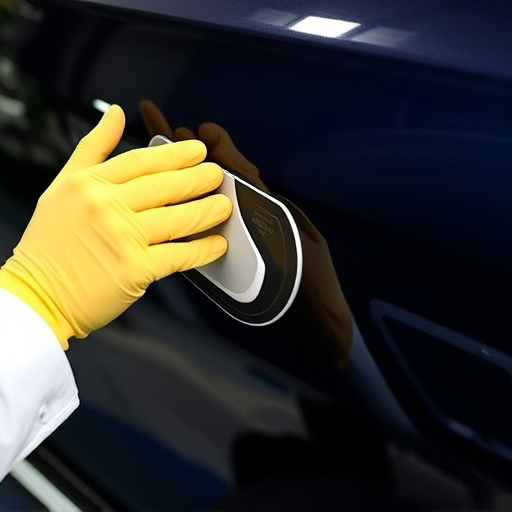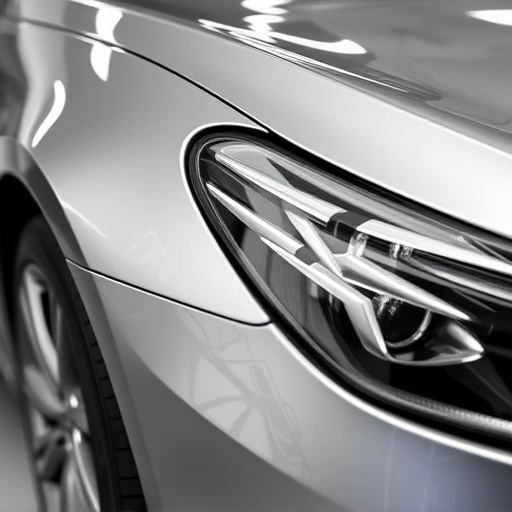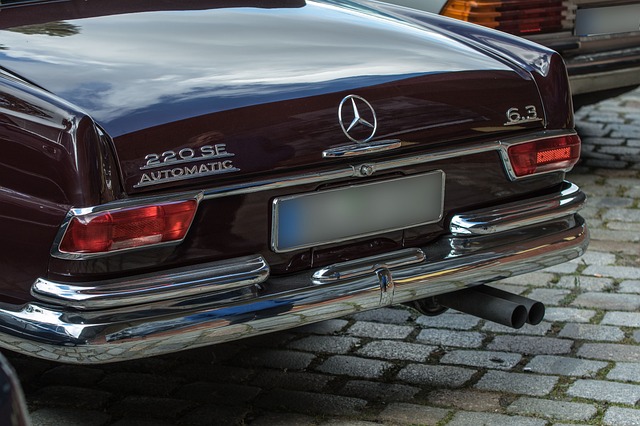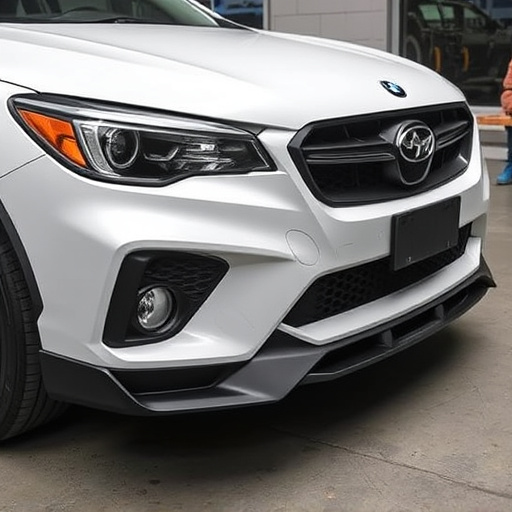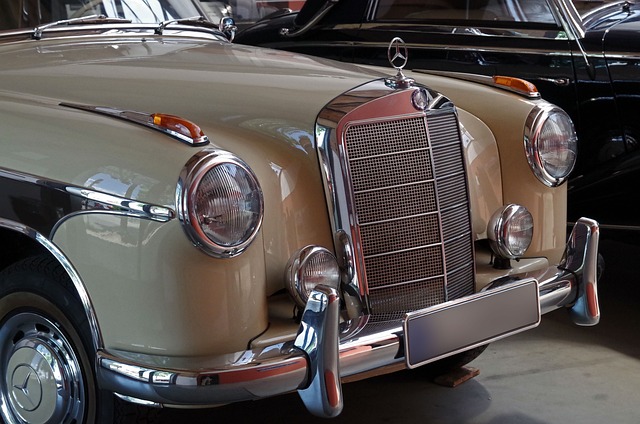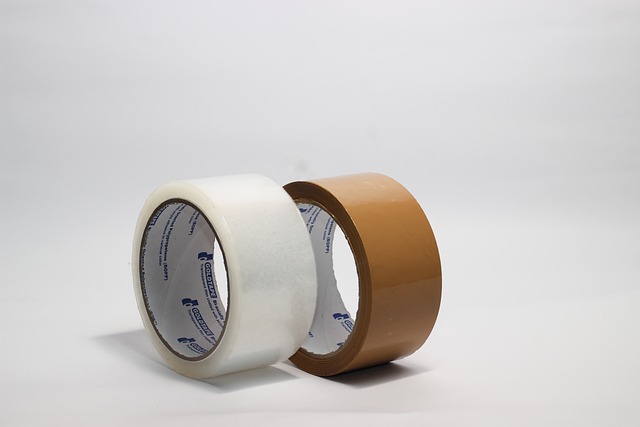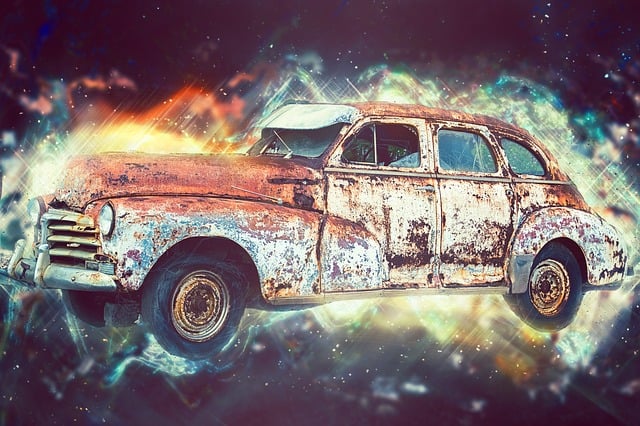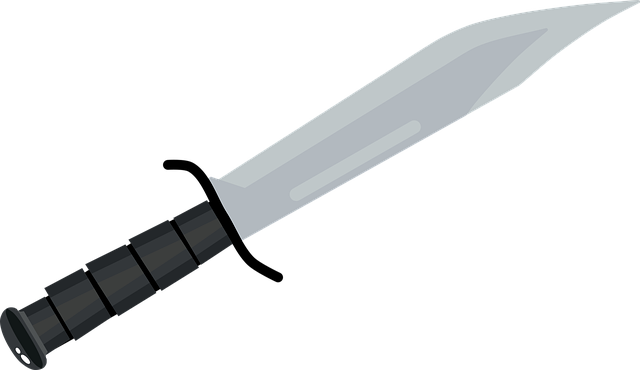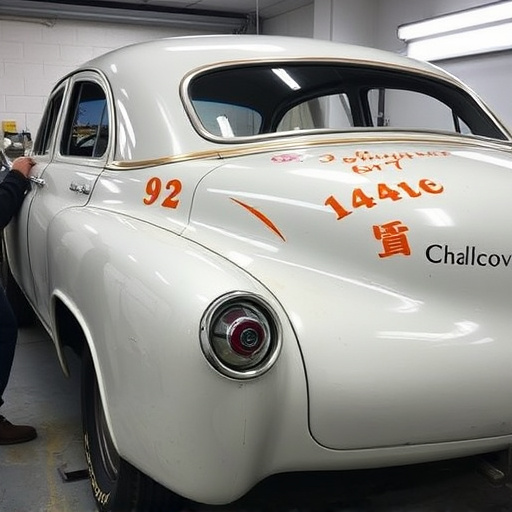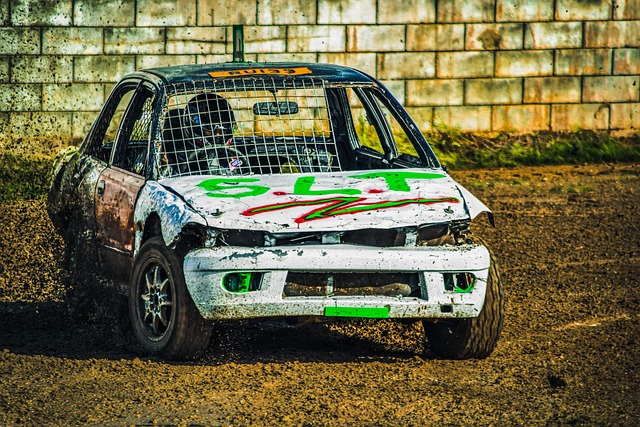Vehicle color matching is a complex art requiring advanced technology and skilled technicians in auto body shops. With an understanding of automotive finishes, they utilize tools like CAD software, high-resolution cameras, and spectrophotometers to achieve unprecedented precision. These innovations, combined with human expertise, ensure perfect matches for paint repairs, collision repairs, and car scratch repairs, preserving vehicles' original aesthetic appeal and enhancing customer satisfaction.
In the precision-driven world of automotive manufacturing, accurate vehicle color matching is paramount for customer satisfaction. This article delves into the key factors behind achieving flawless results. We explore the intricate complexities of vehicle color systems and how understanding these nuances empowers professionals. The role of advanced technology in facilitating precise matching is scrutinized, alongside the invaluable contribution of human expertise in quality control. By balancing technology and skill, industries ensure vehicles meet expectations for consistent, vibrant finishes.
- Understanding Vehicle Color Complexities
- The Role of Technology in Precise Matching
- Human Expertise and Quality Control
Understanding Vehicle Color Complexities
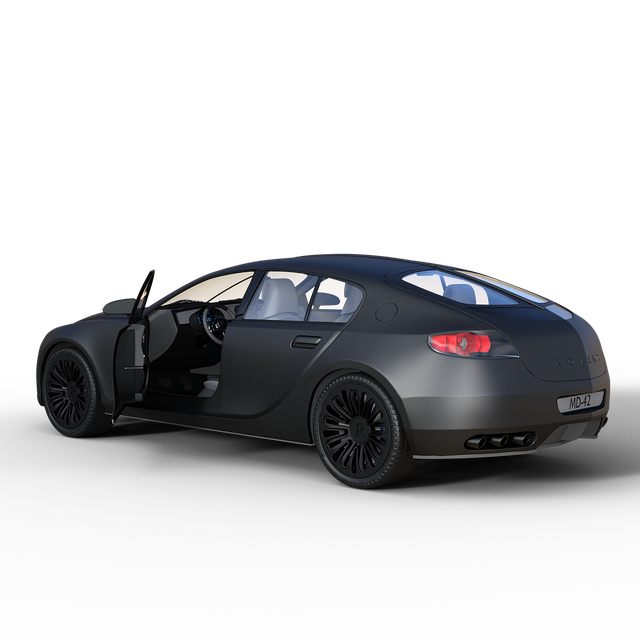
Vehicle color matching is a meticulous art that involves understanding the intricate complexities of automotive finishes. Every vehicle’s color is composed of specific pigments and coatings designed to withstand various environmental conditions, ensuring a durable and vibrant appearance. The process of achieving precise color matching requires a deep knowledge of these compositions and their interactions with one another.
In the realm of body shop services, especially when handling vehicle paint repair or collision repair, technicians must consider factors such as base colors, clear coats, and the unique formulations used by different automotive manufacturers. These variations can lead to subtle differences in shade and tint, making accurate matching a challenging yet crucial skill. Advanced tools and techniques, including color-scanning technology and specialized paints, aid in navigating this complex landscape, ensuring that repairs not only restore the vehicle’s aesthetic but also maintain its original appearance.
The Role of Technology in Precise Matching

The evolution of technology has significantly enhanced the process of vehicle color matching, ensuring an unprecedented level of precision in auto body shops and car bodywork services. Advanced tools like computer-aided design (CAD) software enable technicians to input exact color codes and specifications, allowing for a detailed digital representation of the desired shade. This digital approach streamlines the matching process by eliminating subjective human interpretation, resulting in consistent and accurate results.
Furthermore, modern technology offers real-time feedback systems that provide instant comparisons between original and replicated colors. With high-resolution cameras and advanced algorithms, auto collision repair professionals can now detect even slight variations, ensuring a perfect match. This technological precision is particularly valuable when dealing with intricate car bodywork, where subtle differences can impact the overall aesthetic appeal of the vehicle.
Human Expertise and Quality Control
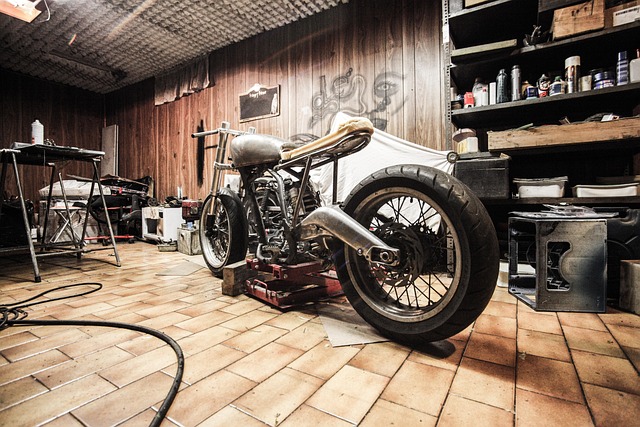
In the realm of vehicle color matching, human expertise remains an indispensable element for achieving accuracy and precision. Skilled technicians with a keen eye for detail play a pivotal role in ensuring that restored vehicles match their original colors seamlessly. Their proficiency is particularly crucial during the auto maintenance and car scratch repair processes, where subtle nuances can significantly impact the overall appearance. These professionals employ time-tested methods and an innate understanding of color theory to blend, mix, and apply paints that perfectly replicate the vehicle’s original shade.
Quality control is a cornerstone of successful vehicle color matching. Auto collision centers that prioritize this aspect implement rigorous protocols to verify the work of their technicians. This includes using advanced technology like spectrophotometers to measure and compare colors precisely. By maintaining high standards, these centers ensure that each repaired or restored vehicle not only looks good but also retains its authentic color match, enhancing the overall customer satisfaction in auto maintenance services.
In conclusion, achieving precise vehicle color matching involves a delicate interplay between understanding complex color dynamics, leveraging advanced technology, and utilizing human expertise. By combining these key factors – from comprehending the nuances of automotive paint composition to implementing sophisticated digital tools and maintaining rigorous quality control – professionals can ensure that each vehicle is painted to exacting standards, delivering flawless results that meet customer expectations. This meticulous approach to vehicle color matching not only enhances aesthetic appeal but also safeguards the value and integrity of every crafted vehicle.
